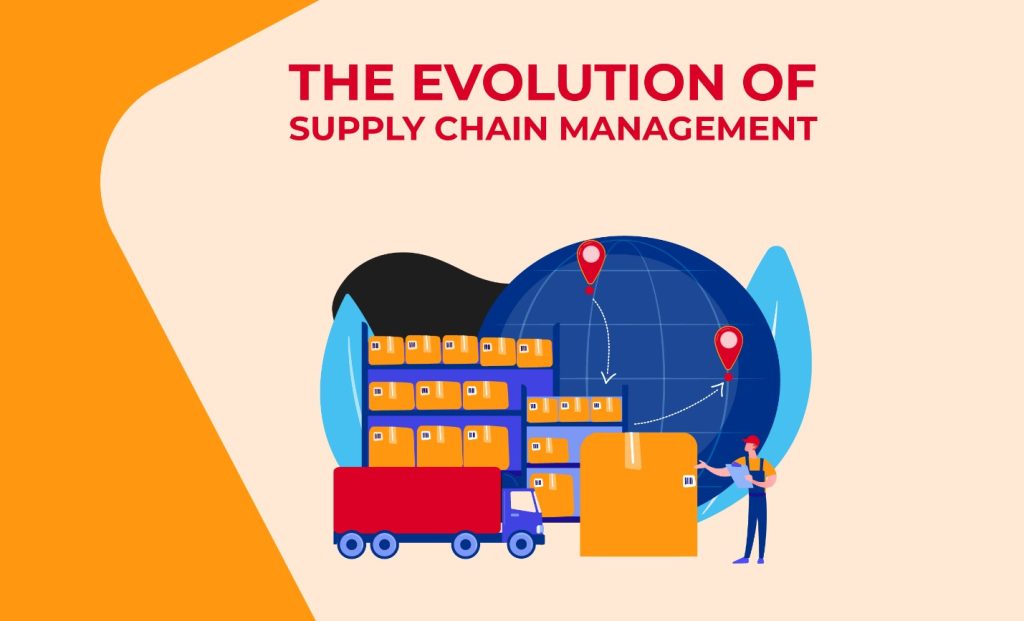
As the business landscape changes, supply chain management is evolving to address new challenges. Balancing sustainability, risk management, and flexibility is now essential to navigating future uncertainties. Understanding these trends will help you stay competitive in a rapidly shifting market.
The Impact of Global Disruptions on Supply Chains
Global disruptions like pandemics, geopolitical tensions, and natural disasters have caused significant strain on supply chains. These events disrupt logistics, delay shipments, and impact procurement processes. The COVID-19 pandemic highlighted the vulnerabilities in global supply chains, causing delays in production and shipping across industries. Geopolitical tensions, such as trade wars and sanctions, have also increased costs and limited access to key materials.
Natural disasters, such as hurricanes or floods, disrupt critical infrastructure, halting transportation and damaging supplies. Each event demonstrates the need for businesses to rethink their strategies. The evolution of supply chain management has been driven by the need for resilience in the face of these uncertainties.
Recent global challenges have forced companies to adopt more flexible and responsive approaches to supply chain management. Firms are diversifying their supplier networks and embracing new technologies to better navigate disruptions. As these global uncertainties persist, understanding how to build a more resilient supply chain will remain a priority.
The Role of Technology in Supply Chain Resilience
Technology is playing a critical role in building resilient supply chains. Digital tools like AI, blockchain, and the Internet of Things (IoT) are transforming how you manage logistics and procurement. AI helps optimize routes, predict demand fluctuations, and manage inventory more efficiently. This reduces downtime and ensures your business can respond quickly to changes in supply or demand.
Blockchain technology improves transparency by providing a secure, traceable record of each step in the supply chain. This visibility helps reduce fraud, ensure product authenticity, and streamline compliance with regulations. The Internet of Things allows you to monitor shipments and track inventory in real time, giving you better control over your supply chain.
Real-time data and predictive analytics are essential for mitigating risks and responding to global disruptions. By analyzing trends and historical data, you can anticipate challenges before they impact operations. This predictive ability represents a significant shift in the evolution of supply chain management. As technology continues to advance, businesses can build more flexible and adaptive supply chains that can withstand global uncertainties.
Diversification and Localization of Supply Chains
Diversifying supply chains has become a key strategy for reducing dependency on a single region or supplier. Relying heavily on one supplier or location increases the risk of disruption, especially during global uncertainties like trade wars or natural disasters. By working with multiple suppliers across different regions, you can mitigate these risks and ensure continuity. This strategy also allows you to adapt quickly to changes in market conditions or unforeseen disruptions.
The shift towards more localized supply chains is also gaining momentum. Companies are exploring ways to bring production closer to home, reducing the need for long-distance shipping and relying on local resources. This approach helps businesses respond faster to demand fluctuations as well as manage logistics more efficiently. Localization can also reduce transportation costs and carbon footprints, aligning with sustainability goals.
The evolution of supply chain management reflects the need for more flexible and resilient systems. As global uncertainties continue, companies are recognizing the importance of building diversified and localized supply chains. These strategies will likely remain central to navigating future challenges, ensuring your business remains adaptable and prepared for unexpected disruptions.
Sustainability in Supply Chain Management Amid Global Challenges
Balancing sustainability goals with the need for supply chain resilience is a challenge many companies face. As global disruptions occur, it becomes tempting to prioritize speed and cost over environmental concerns. However, many businesses are finding ways to integrate both resilience and sustainability. By using renewable energy sources, reducing waste, and optimizing transportation routes, you can create a supply chain that is both efficient and environmentally friendly.
Green logistics play a key role in this effort. Sustainable practices like using fuel-efficient vehicles, minimizing packaging, and reducing emissions during transportation help maintain your company’s sustainability goals, even during disruptions. Sustainable sourcing is another important strategy. Working with suppliers who prioritize ethical labor practices and environmentally conscious materials ensures that your supply chain supports long-term sustainability, even when facing global challenges.
In the evolution of supply chain management, sustainability and resilience are becoming increasingly linked. Companies realize that adopting green practices can strengthen their supply chains by making them more adaptable and cost-effective in the long run. These strategies not only support environmental goals but also build stronger, more flexible supply chains that can better weather global uncertainties.
Risk Management and Contingency Planning in Modern Supply Chains
Risk management and contingency planning are critical for modern supply chains to navigate unexpected global challenges. Companies are adopting key strategies such as diversifying suppliers and increasing inventory buffers to reduce dependency on single sources. By working with multiple suppliers and distributing production across regions, you can minimize disruptions caused by geopolitical events, natural disasters, or supply chain bottlenecks. Establishing backup plans for transportation and warehousing further strengthens your resilience.
Agility and adaptability have become essential traits in today’s global supply chain networks. Businesses need to quickly adjust to changes in demand, transportation delays, or new regulations. Real-time data and predictive analytics allow companies to respond to disruptions in a more agile manner, ensuring smoother operations. As global challenges continue to evolve, so does the need for greater flexibility.
The evolution of supply chain management emphasizes the importance of being prepared for unforeseen risks. By developing strong risk management and contingency plans, businesses can better protect themselves from disruptions and maintain stability. Agility, combined with advanced planning, enables you to navigate uncertain markets with confidence and resilience.
Future Trends in Supply Chain Management
Supply chains will continue to evolve in response to global uncertainties, with resilience becoming a top priority. One emerging trend is the increased use of technology to build more flexible and adaptive supply chains. Companies are turning to artificial intelligence, blockchain, and the Internet of Things to improve real-time visibility and predictive capabilities. This shift will allow you to react more swiftly to disruptions and adjust operations based on demand.
Another long-term trend is the move toward more localized supply chains. Businesses are reducing their reliance on global suppliers by bringing production closer to home or diversifying sourcing across regions. This strategy not only enhances resilience but also reduces transportation costs and carbon footprints. As a result, more companies will embrace a balance between globalization and regionalization.
The evolution of supply chain management will increasingly focus on creating technology-driven models that are adaptable and sustainable. By adopting these innovations, companies can better navigate future disruptions while building more agile supply chains. These changes will shape the future of logistics and procurement, ensuring your business remains competitive and responsive in a rapidly changing world.
Conclusion
The evolution of supply chain management continues to be shaped by global uncertainties and technological advancements. As companies prioritize resilience, strategies such as diversification, localization, and the adoption of digital tools have become essential. You need to embrace flexibility as well as adaptability to stay ahead of disruptions and maintain efficient operations.
Looking forward, technology-driven supply chains will play a critical role in navigating future challenges. By focusing on innovation and also sustainability, your business can build stronger, more agile networks. As the global landscape changes, supply chain management will remain a key factor in ensuring long-term success.


